Sawfish face global extinction, UN Calls for an ‘Ocean Science Revolution’, Russian Court orders $2 billion fine for Arctic fuel spill, New whale species is discovered, and more…
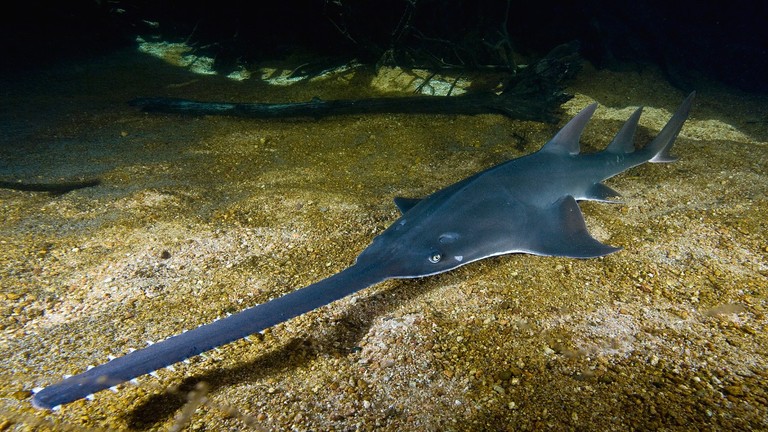
1. Sawfish face global extinction unless overfishing is curbed
Sawfish have disappeared from half of the world’s coastal waters and the distinctive shark-like rays face complete extinction due to overfishing, according to a new study. Sawfish, named after their unique long, narrow noses lined by teeth, called rostra, that resemble a sawblade, were once found along the coastlines of 90 countries but they are now among the world’s most threatened family of marine fishes, presumed extinct from 46 of those nations.
Editorial Note: CITES banned the international trade of sawfish in 2007. This rare fish is currently listed in Appendix I
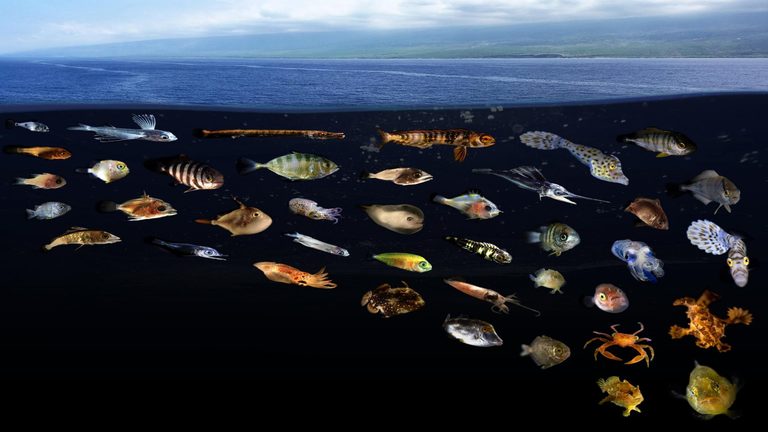
2. Scientists discover ocean “surface slicks” are nurseries for diverse fishes
The open ocean is a harsh place for newborn fishes. From the minute larvae hatch from their eggs, their survival depends upon finding food and navigating ocean currents to their adult habitats, all while avoiding predators. This harrowing journey from egg to home has long been a mystery, until now. An international team have discovered a diverse array of young marine animals finding refuge within so-called ‘surface slicks’ in Hawai’i. Surface slicks create a superhighway of nursery habitat for more than 100 species of commercially and ecologically important fishes, such as mahi-mahi, jacks, and billfish.
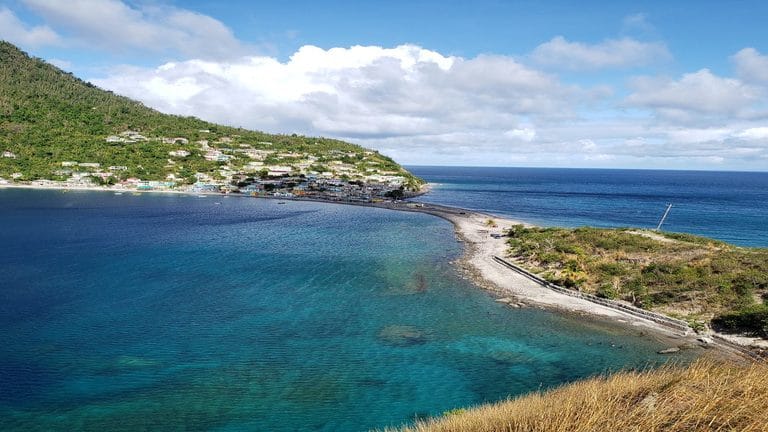
3. UN Calls for an ‘Ocean Science Revolution’
The United Nations Secretary-Genera has urged nations to rise to the ‘defining challenge’ of restoring the ocean’s power to support humanity and regulate the climate. António Guterres addressed the “Brave New Ocean” high-level event on the 3rd of February. The virtual gathering of world leaders, scientists, philanthropists, and ocean advocates marked the start of the United Nations Decade on Ocean Science for Sustainable Development. The 2021-2030 observance hopes to mobilize financial, scientific, volunteer, and community support in ocean science, conservation, and the sustainable use of marine resources. The UN chief said it comes as oceans face ‘unprecedented’ threats from human activity.
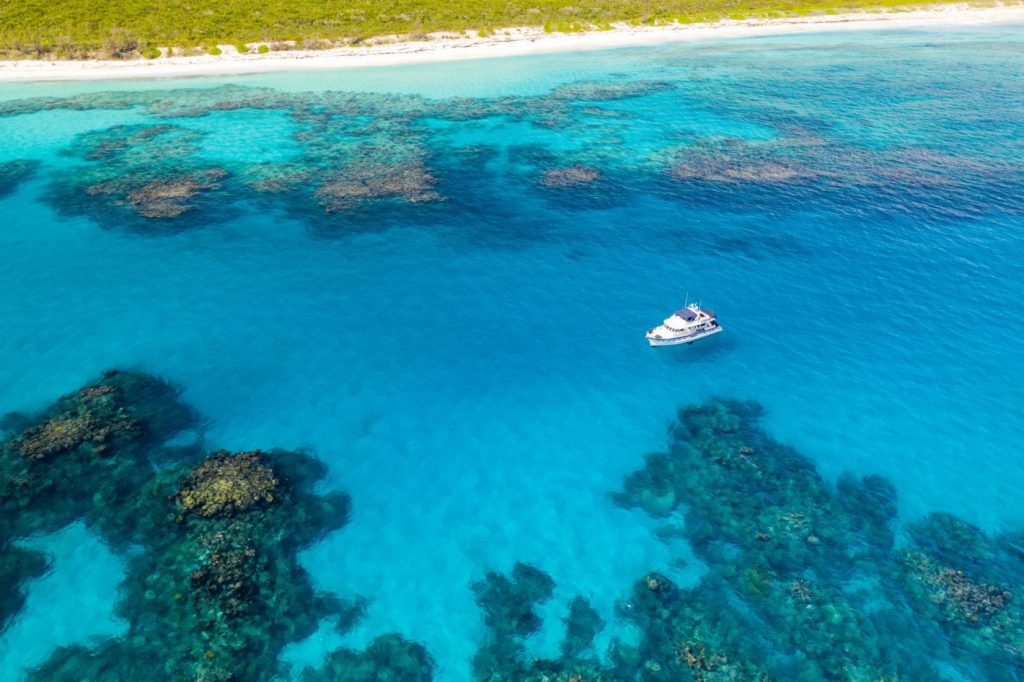
4. Drones advance ocean research & conservation in the Caribbean
In the past several years, you’ve probably also seen stunning aerial photos and videos on social media, taken with drones flying tens or hundreds of feet up in the air, that capture the shocking colors of the ocean. These images are striking, and are becoming increasingly accessible as the technology improves and gets cheaper. Fortunately, Bahamian waters are renowned for their clarity, and most coral reefs are in shallow water, which means that drone cameras can see into the water, and give us vital information about reef structure and health that allow us to track large-scale changes. Drones aren’t just useful for letting us see into the water, they’re also amazing tools for mapping and collecting data.
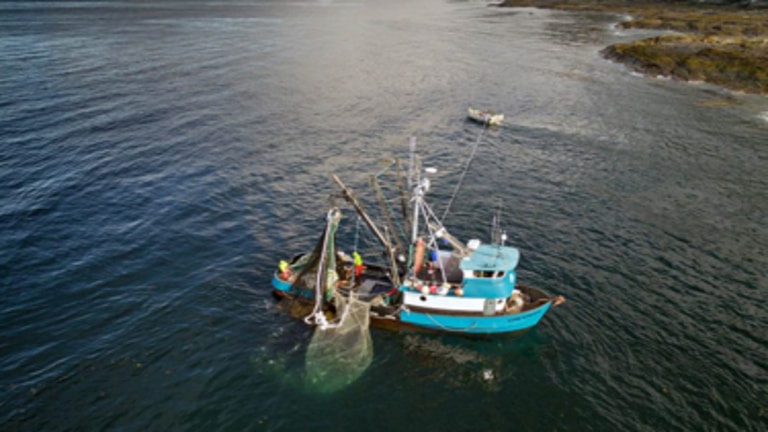
5. Commercial fishing organization want a place at Biden’s conservation table
Groups representing a variety of fishing sectors and environmental causes have issued responses to U.S. President Joe Biden’s climate plan, which includes a plan to commit 30 percent of U.S. lands and waters to conservation by 2030. The Seafood Harvesters of America, an association that represents commercial fishing organizations from Alaska to the Gulf of Mexico to New England, said it welcomed the Biden administration’s effort to tackle climate change. A letter to Biden’s transition team was sent on 22 December 2020 for the voices of commercial fishermen to be included in conversations on the president’s work on combating climate change.
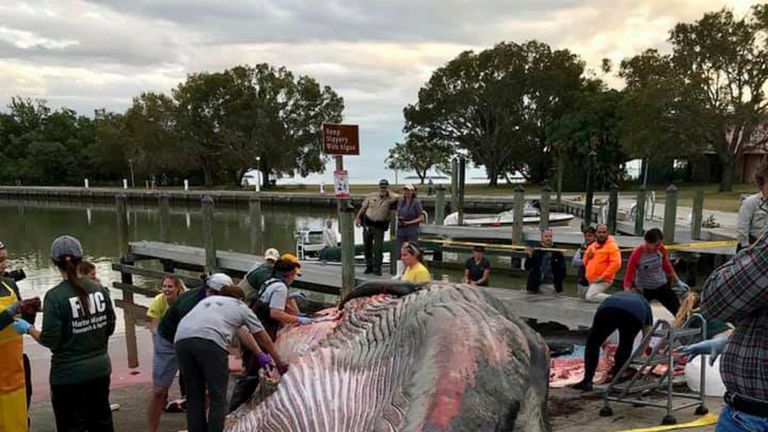
6. A new whale species discovered in Gulf of Mexico
The oceans are so vast that even an animal as large as a whale can have gone undetected until now. In a new report, scientists report that a tiny group of endangered whales that make the Gulf of Mexico their home turns out to be a previously unknown species. The best count is that there are about 33 of the long, slender filter feeders — and definitely fewer than 100 of them. They’re listed as endangered in the U.S. and as critically endangered by the International Union for Conservation of Nature. They were classified as one of three of Bryde’s (pronounced BROO-duhs) whale subspecies, but many scientists suspected they were something different.
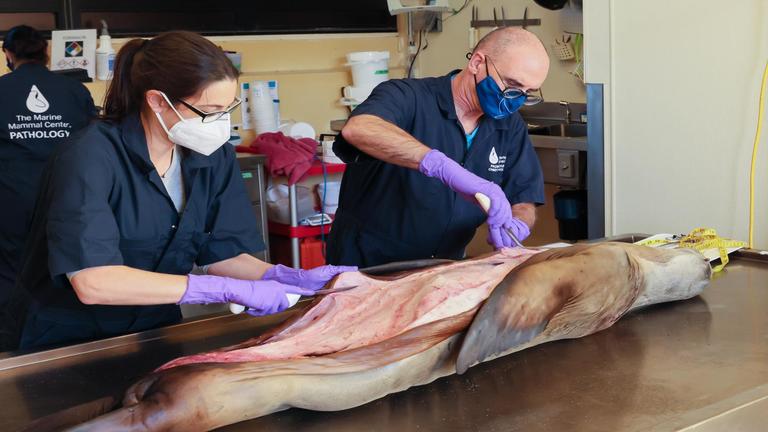
7. Significant cancer rates in California sea lions has major human health implications
Scientists have found that viral-caused cancer in adult California sea lions is significantly increased by their exposure to toxins in the environment. The study is the result of over 20 years of research and examination of nearly 400 California sea lions. Dr. Pádraig Duignan, Chief Pathologist at The Marine Mammal Center says it concerns him that humans consume very similar sea animals as these cancer victims and that it is critical to continue this research and collaborate with the human cancer doctors to find patterns to help discover the link between sea lions and ourselves.
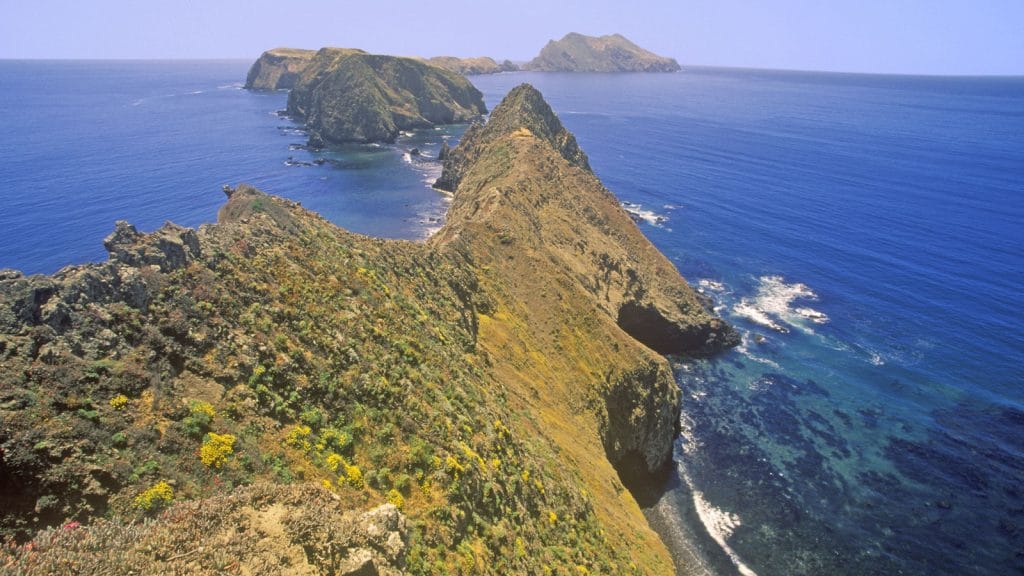
8. New life for the ocean: How marine protections keep our waters wild
A growing number of scientists and conservation groups are coalescing around the goal of protecting at least 30 percent of the world’s ocean by 2030 through networks of marine protected areas (MPAs) – protected zones of ocean where extractive and destructive human activity is limited. This paper highlights six Marine Protected Areas (MPAs) in the United States and around the world. The science clearly shows that marine protected areas are effective tools for conserving and reviving ocean ecosystems extending beyond their boundaries. To restore our oceans to health, we need to protect more of our amazing ocean places.
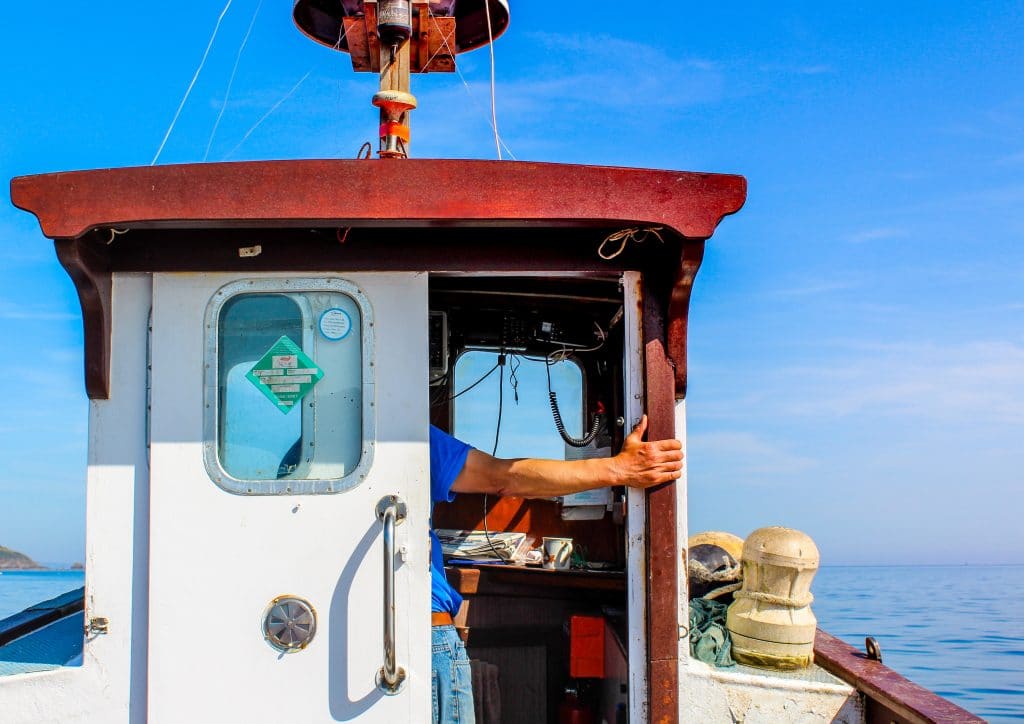
9.New global platform connects small-scale fishers to improve sustainability, livelihoods
A global coalition of partners working in and with small-scale fisheries has launched the Small-Scale Fisheries Resource and Collaboration Hub, or SSF Hub, a multilingual, interactive online platform to strengthen small-scale fisheries governance and community development. The launch of the SSF Hub coincides with the annual meeting of the U.N. Food and Agriculture Organization’s Committee on Fisheries taking place this week, and responds to the FAO’s Voluntary Guidelines for Securing Sustainable Small-Scale Fisheries in the Context of Food Security and Poverty Eradication (or SSF Guidelines) to support the livelihoods of small-scale fishers and fishing communities.
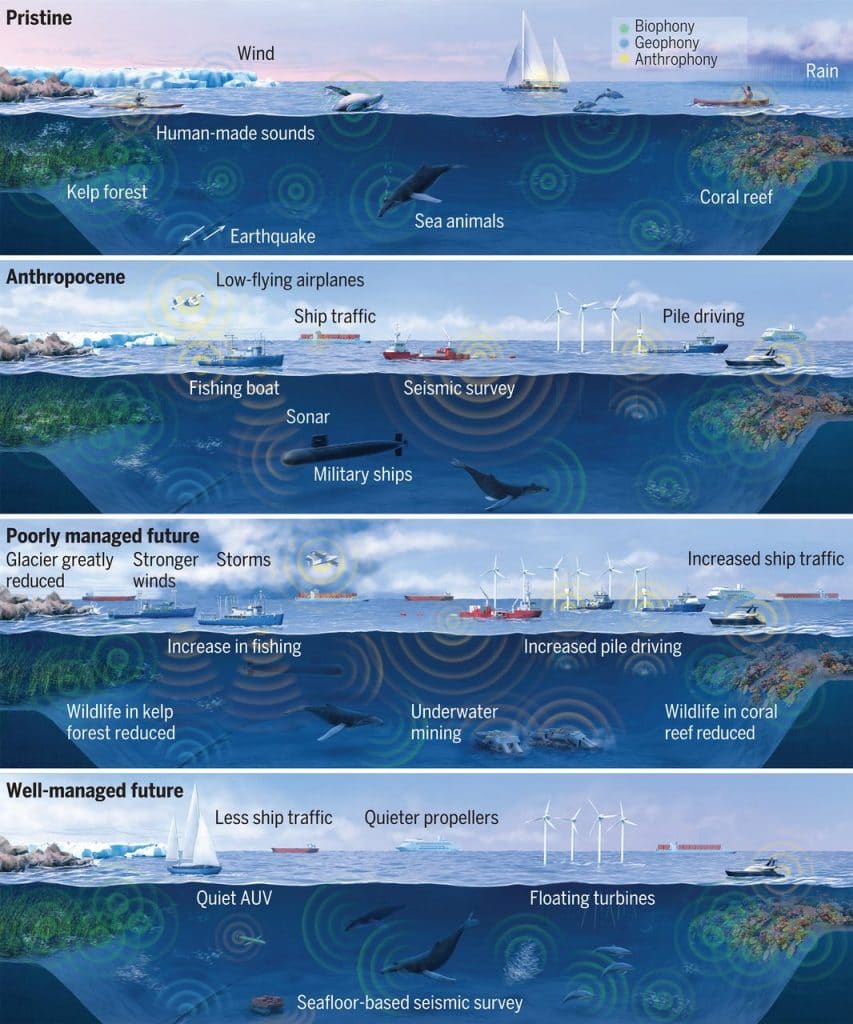
10. The soundscape of our Anthropocene ocean
Oceans have become substantially noisier since the Industrial Revolution. Shipping, resource exploration, and infrastructure development have increased the anthrophony (sounds generated by human activities), whereas the biophony (sounds of biological origin) has been reduced by hunting, fishing, and habitat degradation. Climate change is affecting geophony (abiotic, natural sounds). Existing evidence shows that anthrophony affects marine animals at multiple levels, including their behavior, physiology, and, in extreme cases, survival. This should prompt actions to reduce noise levels in the ocean, thereby allowing marine animals to reestablish their use of ocean sound as a central ecological trait in a healthy ocean.
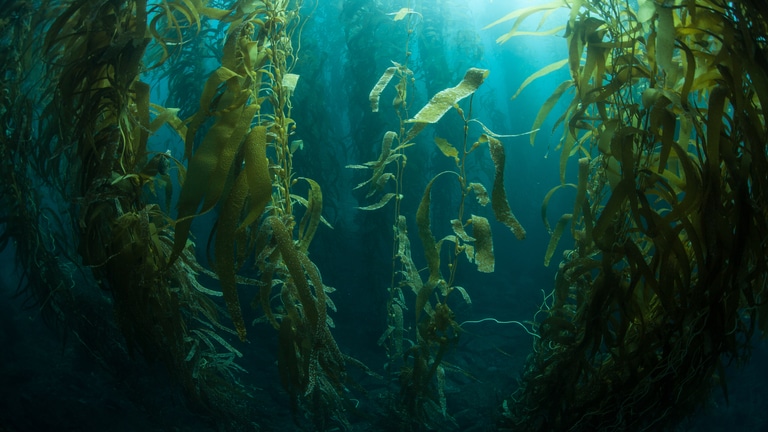
11. Ocean-based sequestration heats up
Guess what absorbs about as much carbon dioxide as our planet’s soils and forests combined? The world’s coastal and ocean waters. Until recently, ocean sequestration, also known as blue carbon, attracted little attention outside academic and think-tank circles. We might be at a turning point, however, because a handful of forward-looking corporations, conservation organizations and startups recently have accelerated efforts to store carbon in marine systems. Thanks to their work, companies of all sizes soon may be able invest in ocean sequestration.
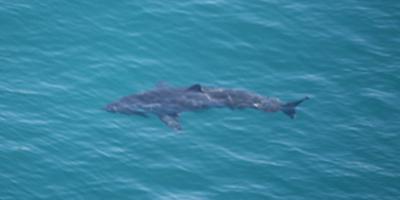
12. Concerns raised after speedboat lures great white sharks into Point Dume, Malibu protected recreation area
Most Malibu residents are aware that great white sharks, as well as many other kinds of sharks, are plentiful off the coast, yet there has only ever been one reported shark attack near Malibu.
But now residents and scientists are concerned that great white sharks are being lured close to the shoreline by careless, ignorant boaters who are chumming for sharks in the Point Dume protected recreation area. A video has surfaced showing two men chumming the coastal waters in a foolhardy attempt to catch a glimpse of a shark. This practice could acclimate sharks to come close to shore where a lethal encounter with swimmers and surfers could occur.
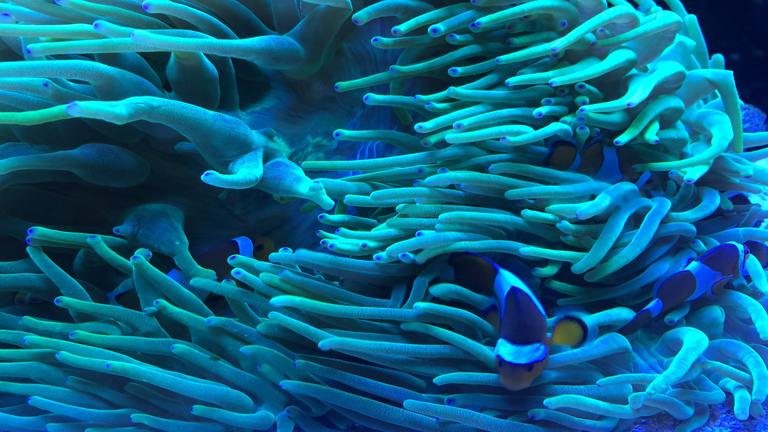
13. Australian Institute of Marine Science and Accenture join forces to advance coral reef monitoring and conservation
Reefs worldwide are under pressure. With predictions that about 75% of coral reef globally may be severely threatened, not only are the habitats of a quarter of all marine life at risk, but so too are the food sources, incomes and livelihoods that are central to the economic future for one billion people globally. Australia’s tropical marine research agency, the Australian Institute of Marine Science and Accenture are working together to accelerate global efforts to protect coral reefs. The collaboration supports AIMS’ wider coral reef monitoring efforts as the teams seek to transform the technology used to monitor, collate and analyze data to help improve the sustainable management of these fragile marine ecosystems.

14. Senate panel approves renaming reef conservation area after Kristin Jacobs
The Senate Environment and Natural Resources Committee is advancing legislation that would rename the Southeast Coral Reef Ecosystem Conservation Area after the late Representative Kristin Jacobs. The conservation area sits off Martin, Palm Beach, Broward, and Miami-Dade counties, running from the northern boundary of Biscayne National Park to the St. Lucie Inlet. Democratic Representative says “Kristin understood both the economic and ecological benefits to this coral reef area and helped ensure its protection by having it designated as an important conservation area. This is a fitting tribute to forever honor and recognize her legacy of protecting this vital Florida asset.”
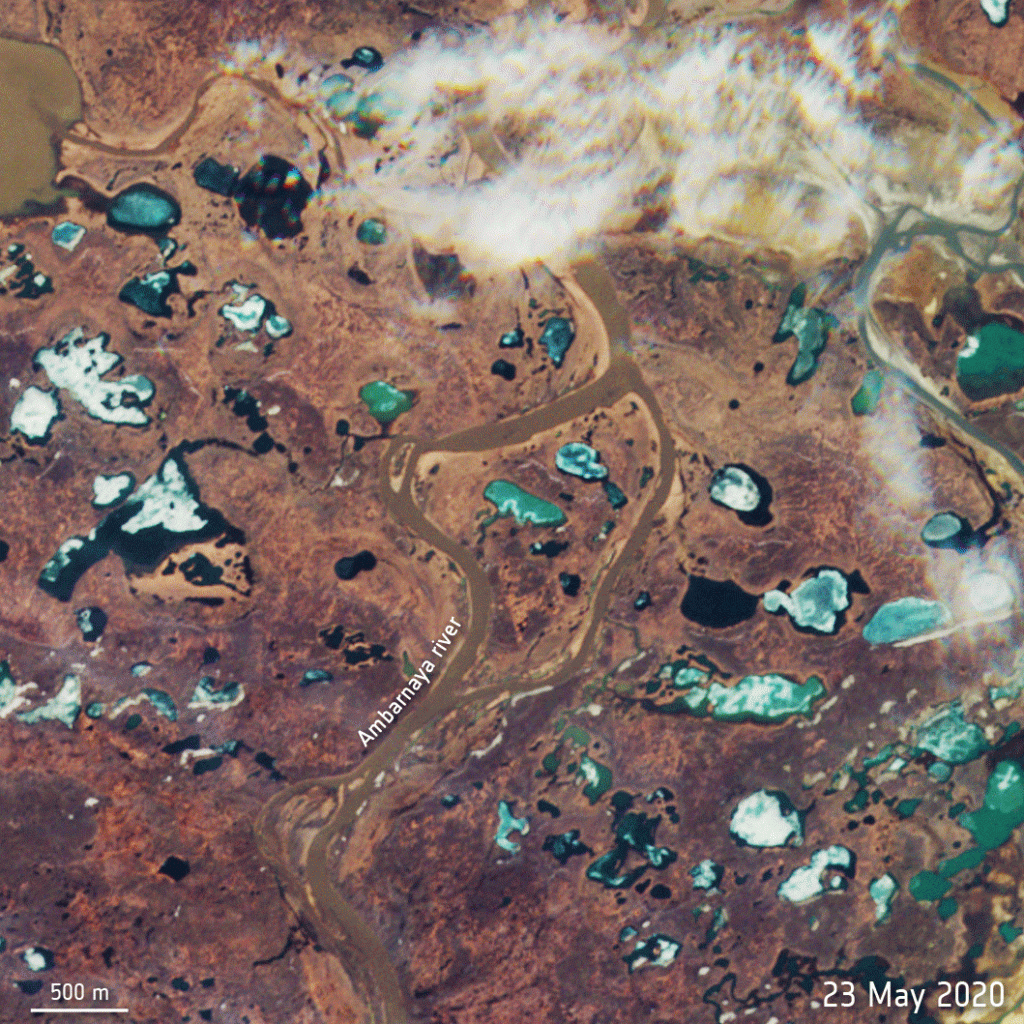
15. Russian Court orders $2 billion fine for fuel spill in Arctic
A Russian court ruled that MMC Norilsk Nickel PJSC should pay 146 billion rubles ($1.96 billion) in compensation for an Arctic fuel spill, in line with a demand by the nation’s ecological watchdog. The miner initially blamed melting permafrost for the collapse of the fuel tank but an investigation by the regulator found faults in its construction and maintenance. In July, the Federal Service for Supervision of Natural Resources, known as Rosprirodnadzor, asked Nornickel to pay 148 billion rubles to cover damage caused by the massive spill from one of its fuel tanks. The miner disagreed with the watchdog’s estimate, saying it didn’t account for fuel the company had recovered and other restoration works. Nornickel told the court its own compensation estimate was 21.4 billion rubles.
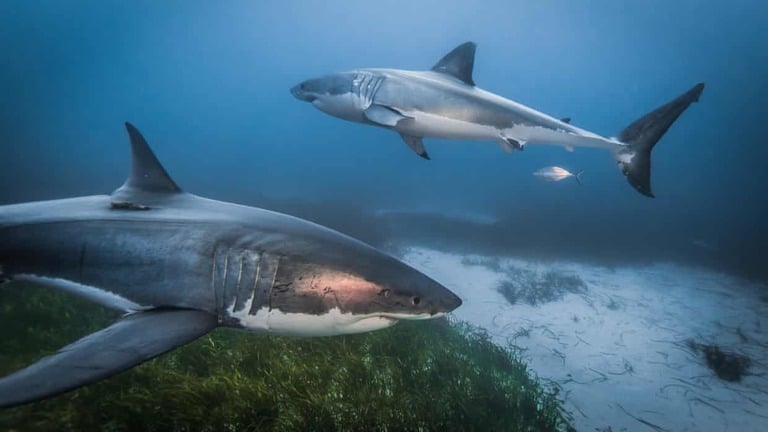
16. New study finds climate change shrinks and shifts juvenile white shark range
The climate crisis is pushing great white sharks into new waters where they are causing populations of endangered wildlife to plunge, research has shown. Heating of the oceans, which reached a record level in 2020, has led young great white sharks to move 600km (373 miles) northwards off the coast of California since 2014, into waters that were previously too cold. Over that time there was a dramatic rise in sea otters killed by white sharks, with the number in Monterey Bay dropping by 86%. Scientists hope the disruption to the habitat of a high-profile shark will highlight how global heating is pushing marine animals towards the poles and scrambling the species present in oceans’ ecosystems, with unpredictable and damaging consequences.
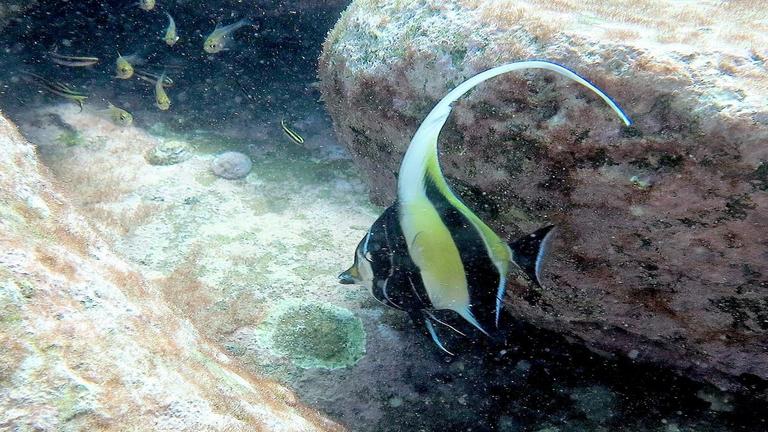
17. High CO2 to slow tropical fish move to cooler waters
Under increasing global warming, tropical fish are escaping warmer seas by extending their habitat ranges towards more temperate waters. A new study from the University of Adelaide, published in Nature Climate Change , shows that the ocean acidification predicted under continuing high CO2 emissions may make cooler, temperate waters less welcoming. For at least two decades, Australian temperate reefs have been receiving new guests from the tropics.
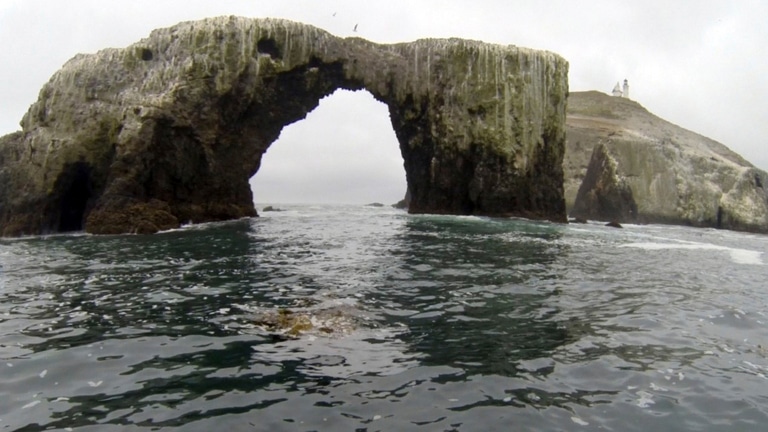
18. Channel Islands offer a roadmap to healthy seas
While the world’s population of ocean vertebrates has declined by nearly 50% in the past half-century, California’s Channel Islands offer an example of how to restore fish populations while helping adapt to climate change, according to a report from Environment America released Thursday. Rules banning commercial fishing, seabed mining, and other high-intensity human activities in waters around the five-island chain in the Santa Barbara Channel boosted the fish population by 50% over the course of a decade. The size of the fish also increased, resulting in an 80% increase in the total mass of sea life, the report says in its examination of six such sanctuaries in the U.S. and Pacific Rim.




